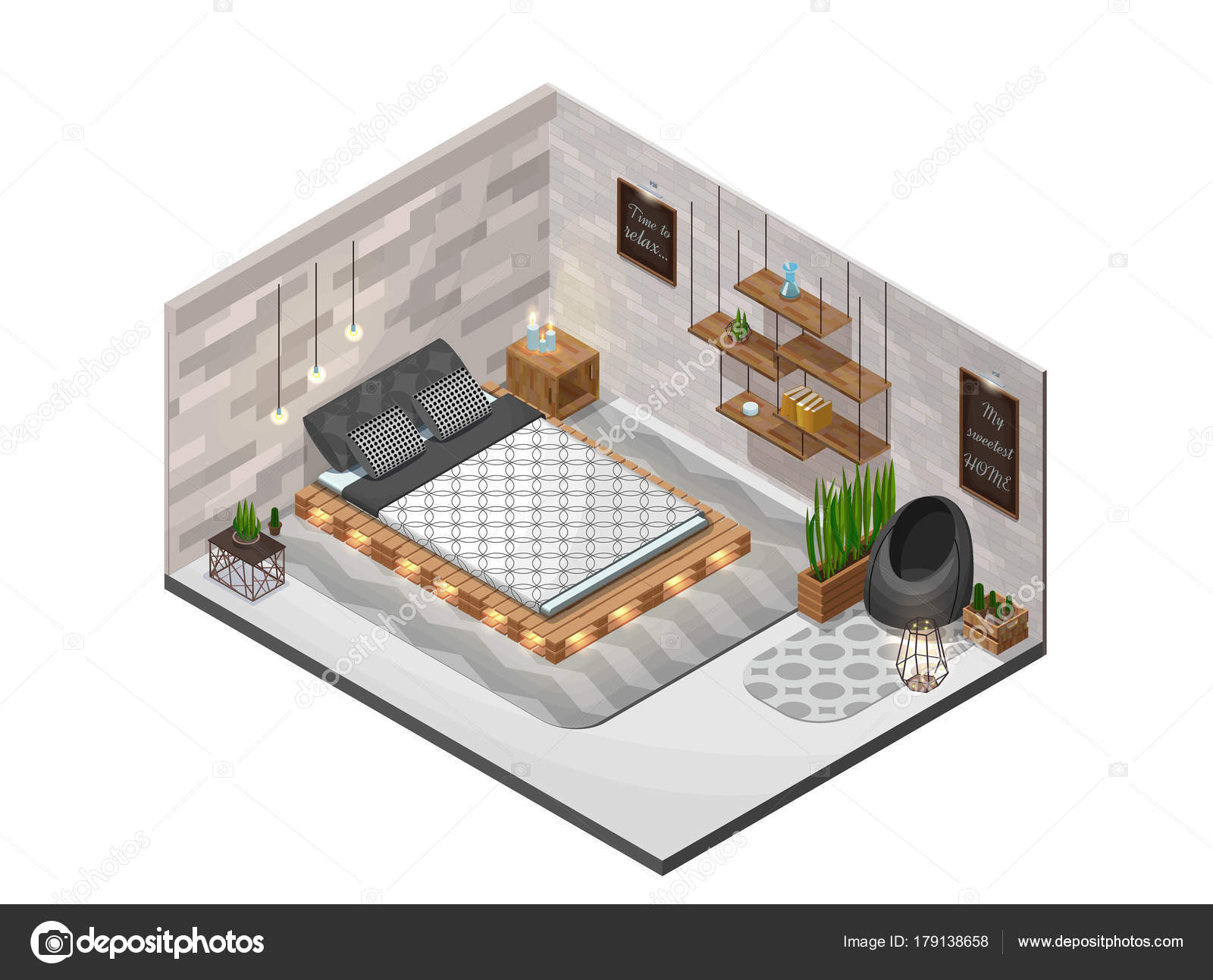Discover The Exciting Journey Of Reconditioning Classic Cupboards, Exposing Untold Stories And Revealing The Enigmas Of Background
Discover The Exciting Journey Of Reconditioning Classic Cupboards, Exposing Untold Stories And Revealing The Enigmas Of Background
Blog Article
cabinet style quiz Written By-Stanley Donnelly
To begin the trip of recovering antique cabinets, you need a keen eye for detail. Think of discovering covert keys within each layer of background embedded in the wood. Image the contentment of reviving a once-forgotten piece to its former splendor. Every step of this precise procedure holds the essential to maintaining the past while creating a future heirloom. So, are you ready to start this transformative undertaking and unlock the capacity of your antique cabinets?
Evaluating the Closet's Condition
When starting the remediation procedure, beginning by assessing the problem of the antique cupboard. Very carefully examine the general structure for any kind of indications of damages such as cracks, chips, or loosened joints. Inspect the wood for any kind of rot, bending, or insect infestation that may have happened gradually. It's vital to determine the extent of the repair required before proceeding further.
Next, inspect https://budget-for-renovating-a-h20875.blogdosaga.com/27736152/make-use-of-the-potential-of-tailored-closets-to-improve-your-storage-alternatives-and-enhance-the-company-of-your-home as hinges, knobs, and locks. Make note of any kind of missing items or components that require repair service or replacement. https://www.housebeautiful.com/home-remodeling/a25588233/how-to-find-renovation-contractor/ that all hardware is functioning properly and securely affixed to the cupboard.
Additionally, evaluate the cabinet's surface. Look for any scratches, discolorations, or staining that may affect the visual appeal. Determine if the surface requires to be stripped and reapplied or if a straightforward touch-up will certainly be sufficient.
Gathering the Essential Tools and Products
After analyzing the condition of the antique cabinet, the following step is to collect the essential devices and materials for the remediation process. Before you start, guarantee you have the following items handy:
- timber cleaner
- sandpaper in different grits
- wood filler
- paint or wood discolor
- brushes
- handwear covers
- safety goggles
- a dirt mask
- a drop cloth
- a putty blade
- a hammer
- a screwdriver
- a vacuum cleaner
These tools and materials are essential for a successful restoration.
Wood cleaner is vital for removing years of dust and crud buildup, preparing the surface area for sanding. Sandpaper of different grits helps in smoothing out flaws and preparing the wood for a brand-new coating. Timber filler is handy for fixing any kind of fractures, holes, or damages existing in the closet.
Paint or timber stain, along with brushes, allow you to customize the cupboard to your choice. Bear in mind to wear handwear covers, safety and security goggles, and a dirt mask for protection. Put down a ground cloth to safeguard your work area, and make use of a vacuum cleaner to clean up any type of particles.
With these devices and materials collected, you're ready to begin the remediation process.
Carrying Out the Restoration Process
To successfully carry out the restoration procedure on your antique closet, begin by thoroughly cleaning the surface with the wood cleaner. This step is vital as it helps remove years of dirt, gunk, and old gloss that might have gathered on the surface.
When the closet is clean and dry, evaluate the condition of the wood. Try to find any kind of fractures, scrapes, or various other problems that require to be resolved. Use wood filler to fix any type of flaws, ensuring to match the filler color to the timber tone for a smooth surface.
After the fixings have actually dried, delicately sand the whole surface to create a smooth and even base for the new coating. Beware not to sand as well aggressively, as you don't intend to damage the timber underneath.
As soon as the sanding is total, apply a timber stain or end up of your selection, complying with the maker's directions. Allow the surface to dry completely before applying a protective top layer to ensure the durability of your restored antique cupboard.
Conclusion
Now that you have actually completed the reconstruction process, your antique closet looks comparable to new.
By following https://refacingahouse86531.blogoscience.com/33843696/discover-the-power-of-personalized-home-style-with-a-customized-closet-manufacturer -by-step overview, you had the ability to analyze, repair, and enhance its problem easily.
With a fresh coating and safety top layer, your treasured piece will certainly continue to radiate for several years ahead.
Enjoy the elegance of your recovered antique closet!
